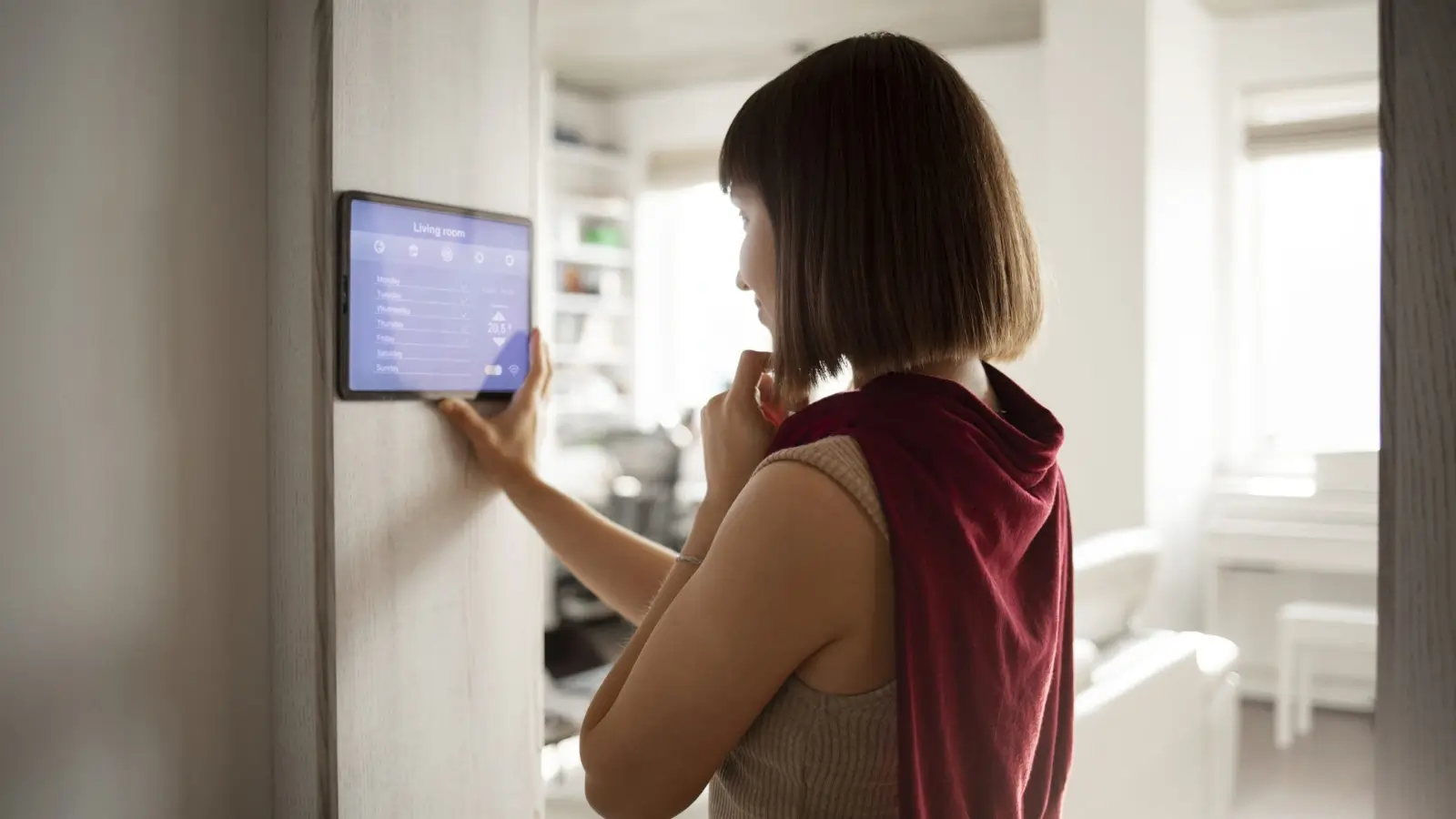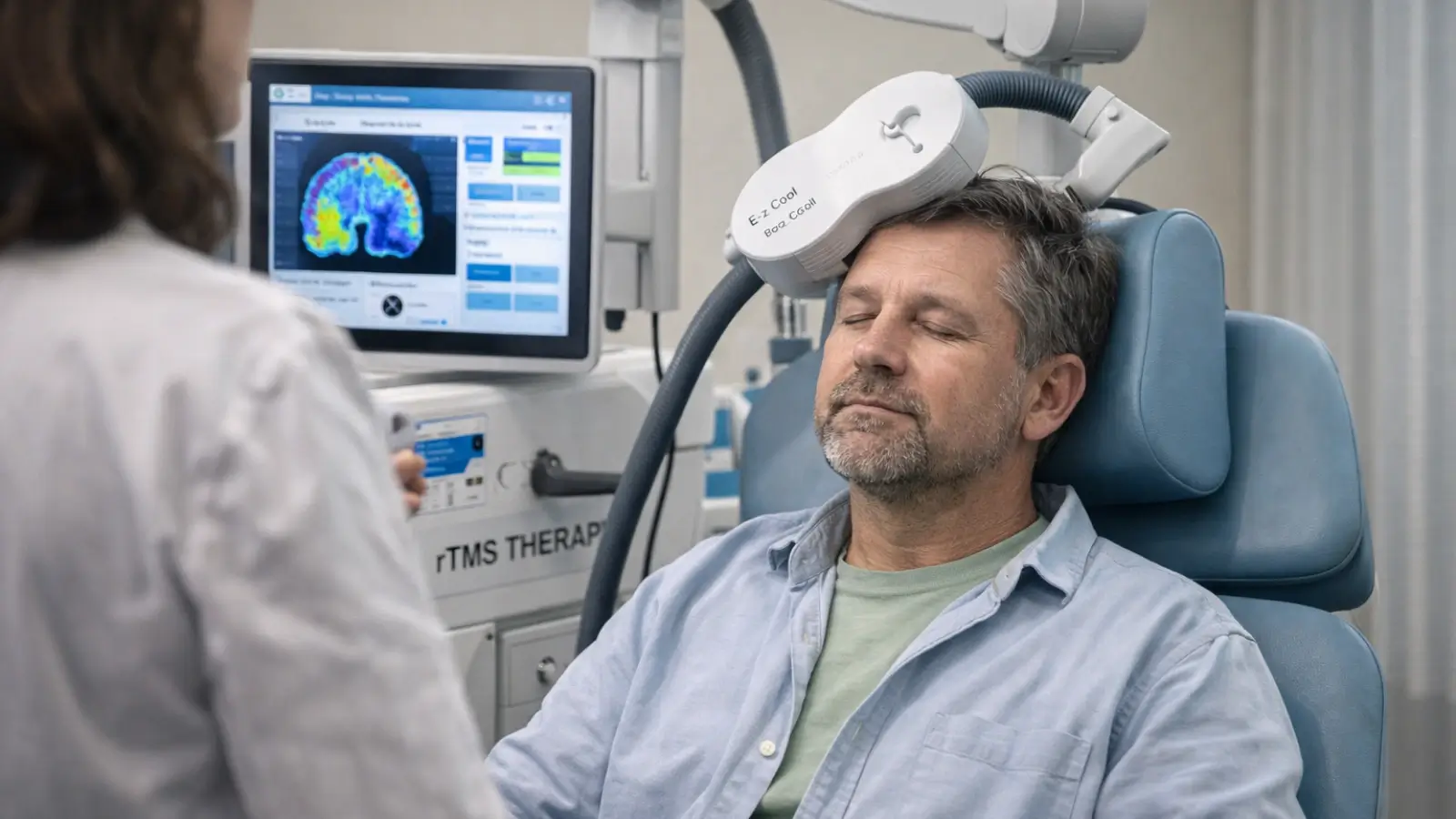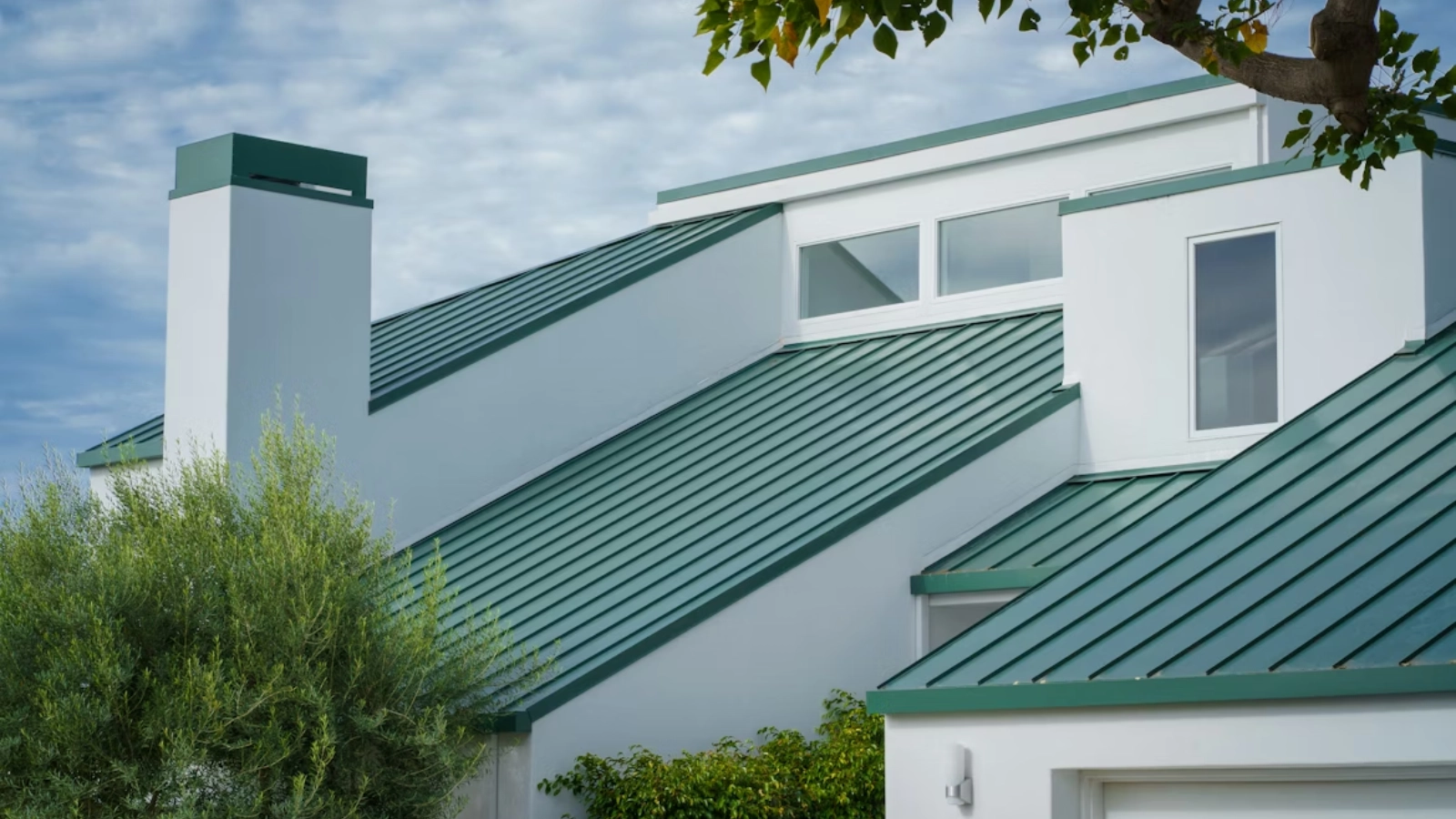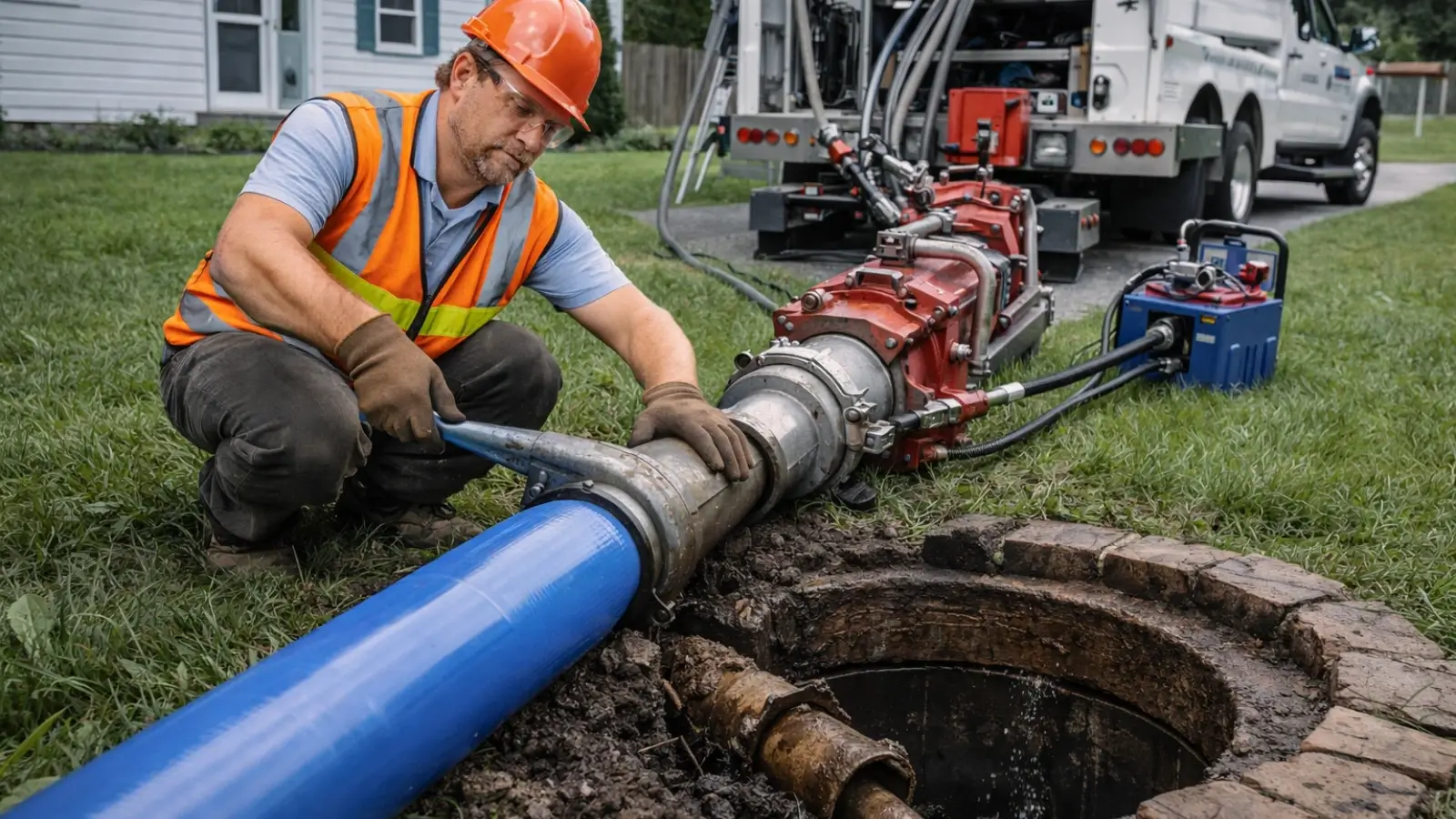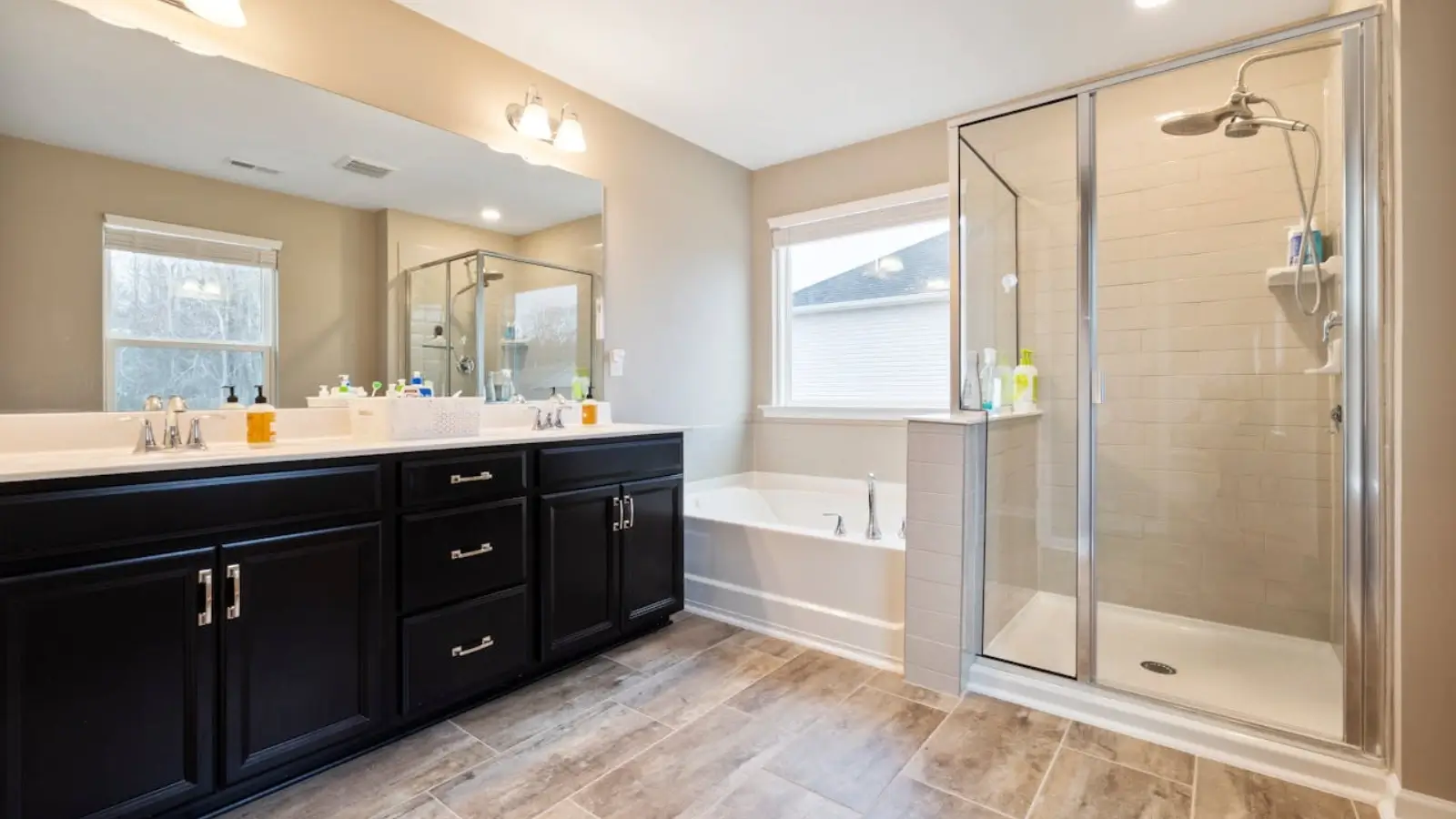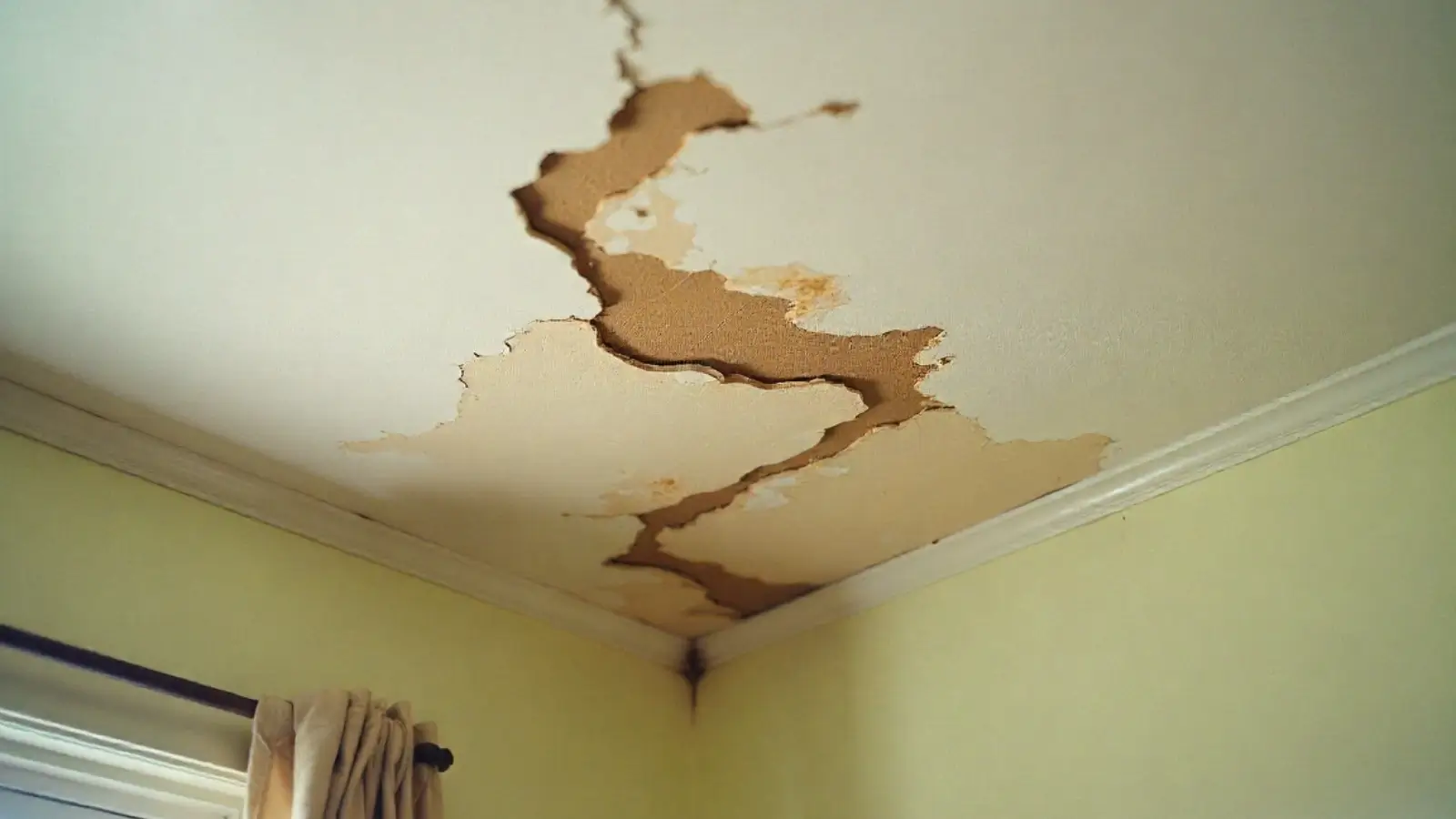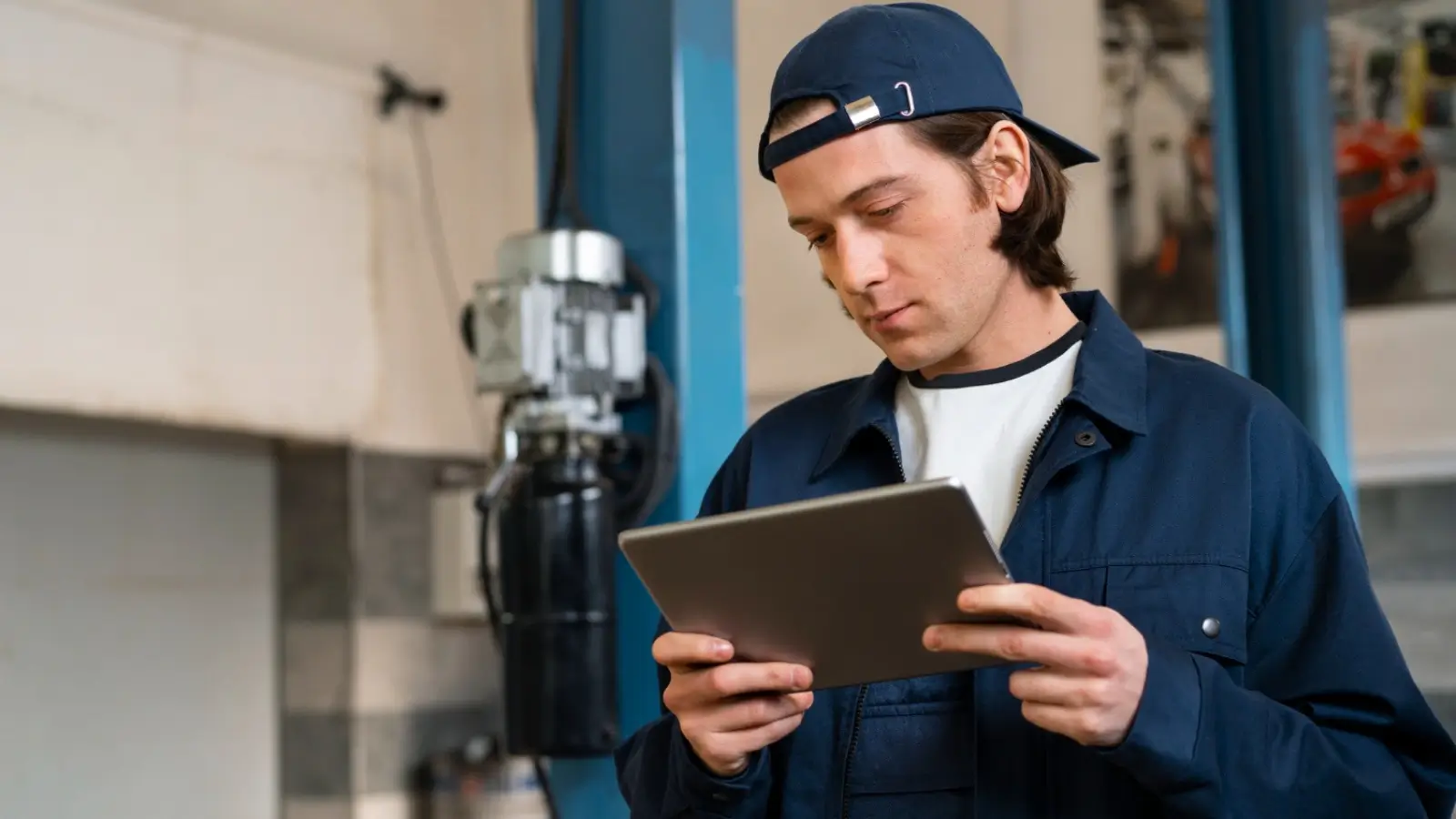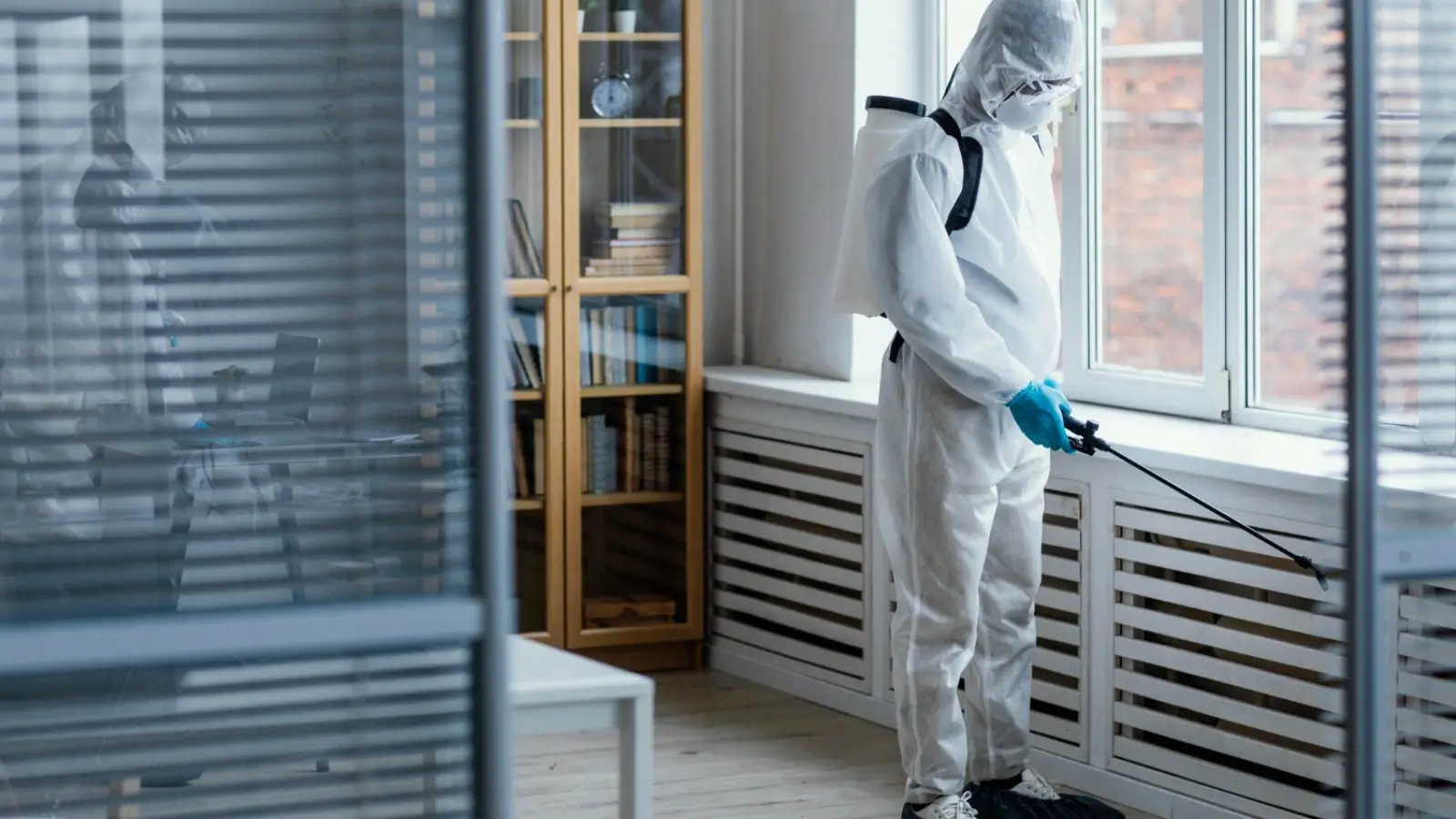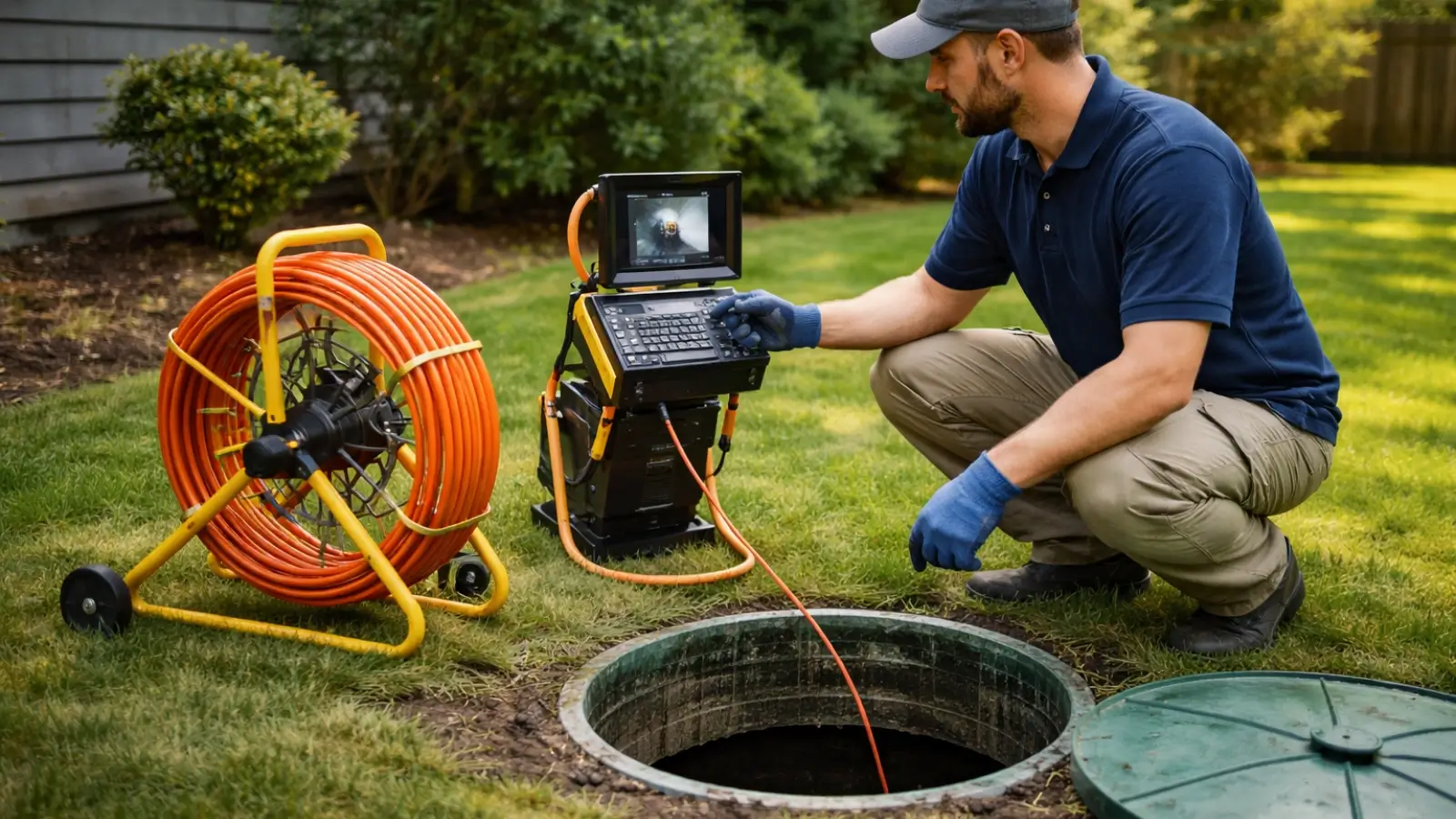As smart homes evolve beyond lighting systems and voice assistants, ventilation is becoming a crucial frontier for innovation. Modern buildings are better insulated than ever, yet this efficiency often comes at the cost of fresh air circulation. The question is no longer whether smart ventilation is needed, but how it should be implemented. Enter MVHR units, the latest in energy-efficient ventilation technology designed to support health, sustainability, and intelligent living.
For tech-savvy homeowners, developers, and consultants working in future-ready construction, understanding mechanical ventilation with heat recovery (MVHR) is essential. This article explains how these systems operate, their significance, and their role within the broader smart HVAC ecosystem.
What Are MVHR Units and How Do They Work?
MVHR stands for Mechanical Ventilation with Heat Recovery. These systems continuously extract stale air from areas like kitchens and bathrooms and replace it with filtered, fresh air from the outside — all while recovering heat from the outgoing air.
Key Components of MVHR Units:
-
Heat exchanger: Transfers heat from outgoing to incoming air
-
Supply and extract fans: Maintain air circulation
-
Filters: Remove dust, pollen, and pollutants from incoming air
-
Ductwork: Distributes air throughout the property.
By recovering up to 90% of the heat that would otherwise be lost, MVHR systems significantly reduce the energy needed to maintain a comfortable indoor climate.
Smart Home Ventilation and Energy Efficiency
In smart homes, ventilation isn’t just about air exchange, it’s about automation, monitoring, and optimisation. MVHR units integrate seamlessly with smart HVAC systems, enabling intelligent control based on occupancy, humidity levels, and even air quality sensors.
Benefits of integrating MVHR in smart home environments:
-
Automated efficiency: Systems adjust based on real-time environmental data
-
Improved health outcomes: Constant fresh air reduces allergens and CO₂ buildup
-
Lower heating bills: Reduced demand on boilers and heat pumps
-
Sustainability: Aligns with net-zero building standards and energy efficiency goals.
According to the UK Green Building Council, heating and cooling account for more than 40% of a household’s energy consumption. With MVHR, this demand can be significantly lowered without compromising comfort.
MVHR and Building Design: What Architects and Consultants Should Know
Whether designing residential smart homes or commercial developments, integrating MVHR units early in the planning process is vital. These systems perform best in airtight, well-insulated environments,a growing standard in energy-conscious architecture.
Considerations for implementation:
-
Space planning for ductwork and unit placement
-
Compliance with building regulations (Part F and L in the UK)
-
Compatibility with renewable energy systems (e.g., solar panels, heat pumps)
-
Maintenance access for filters and heat exchangers.
Incorporating MVHR into the architectural blueprint can future-proof a building against rising energy costs and regulatory pressures, while also enhancing occupant comfort.
Real-World Application: The Role of MVHR in Modern Housing
Leading manufacturers like Ventilationland offer solutions that merge design and function for new-builds and retrofits alike. Their systems are engineered to meet the demands of contemporary life, balancing sleek form factors with high-performance components.
For example, their MVHR solutions are frequently used in passive houses and energy-positive developments, where strict air quality and efficiency benchmarks must be met without compromising on aesthetics or control flexibility.
Is MVHR Right for Every Smart Home?
While MVHR is a powerful tool, it is not universally applicable. Its effectiveness depends on airtightness, property size, and budget. In some cases, decentralised or hybrid systems might be more appropriate.
MVHR is ideal for:
-
New construction with airtight building envelopes
-
Renovations aiming for energy certification (e.g., Passivhaus)
-
Tech-integrated homes where automation and monitoring are prioritised.
For properties with older, leaky structures, demand-controlled ventilation or single-room heat recovery options may be more viable. A professional assessment is always recommended before installation.
Conclusion
MVHR units represent a pivotal shift in how we approach air quality, energy conservation, and smart home design. By combining mechanical ventilation with intelligent heat recovery and automation, these systems offer a tangible path toward healthier, more sustainable living environments.
As smart homes continue to evolve, ventilation technology must evolve with them. For architects, developers, and homeowners committed to innovation, MVHR systems offer not just efficiency, but the infrastructure for future-ready comfort.

